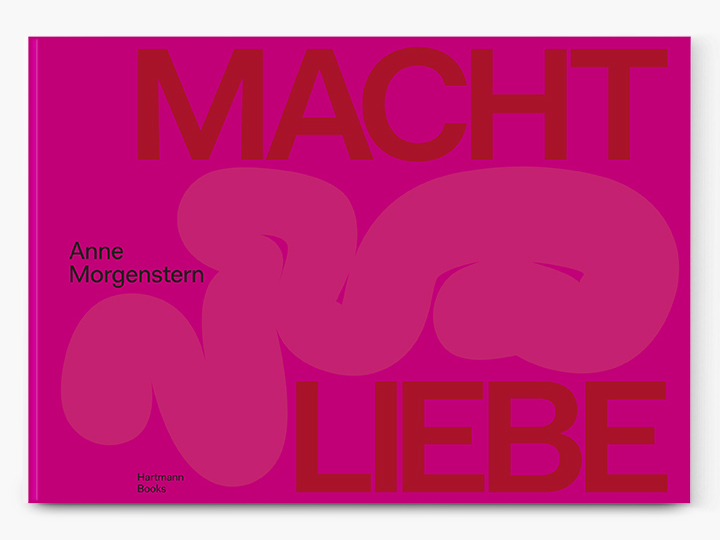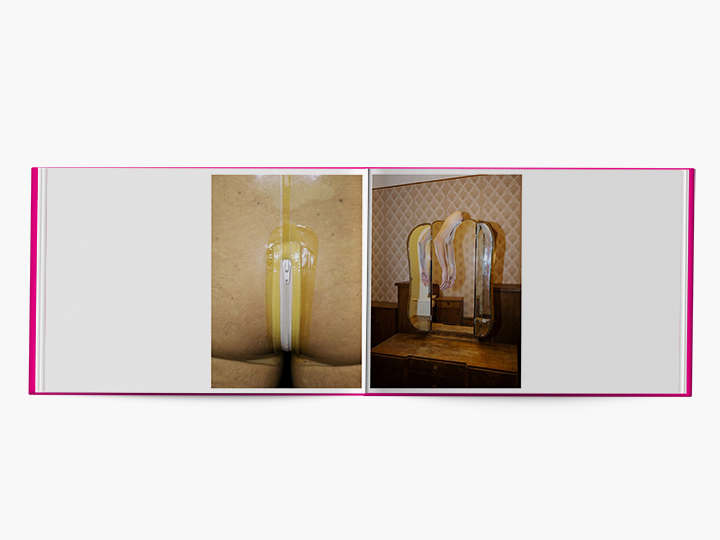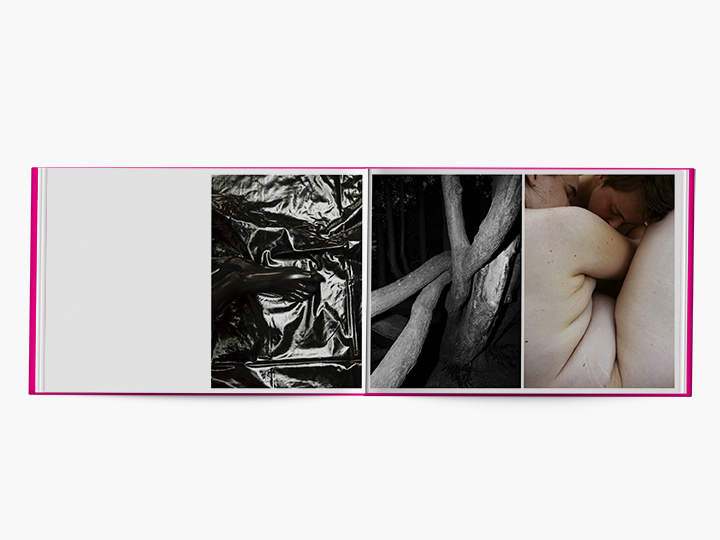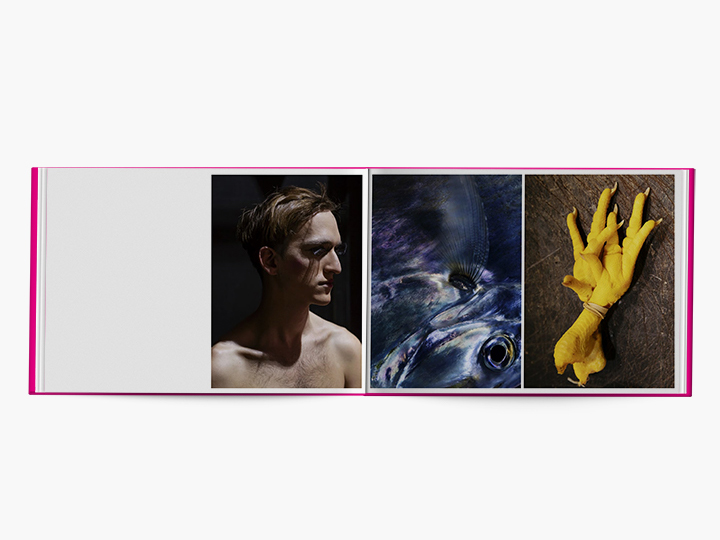
2022 | Hartmann Books, Stuttgart
Essay for Anne Morgenstern’s monograph Macht Liebe
Excerpts
“Macht Liebe is about love and desire. It is about bodies, desiring and desired bodies, their untameability, tenderness and brutality. It is about power and politics too, about the power wielded by flesh, and the politics embedded in the skin.
With Macht Liebe, Anne Morgenstern invites us to join her in an exploration of the interplay between body and identity, and in a subtle but persistent deconstruction of social norms and expectations surrounding the body. The flux of images, tightly edited and sequenced in this publication, allows questions to gradually form in the reader’s mind: what makes a body beautiful and desirable? What makes a body normal, and who decides when a body falls outside of the norms? How are our identities embedded in our body, and how does our body enable us to perform these identities? How are these identities negotiated? How does our relationship to our body shift and evolve, and where is our agency located? How do we desire, and act on these desires? With this photographic body of work, Morgenstern first gives visibility to individual bodies, either in their salient uniqueness or their banality—two notions which become entangled and increasingly difficult to differentiate as we make our way through the book. Macht Liebe skilfully addresses an urgent need for visibility and representation for persons whose bodies or desires do not conform to the most common, and therefore the most visible, social expectations. Morgenstern does so without indexing or classifying them, and without posing new clear-cut boundaries, categories, and definitions. Neither does she highlight a particular feature in the bodies of the persons she photographs. In other words, Macht Liebe lets bodies be.”
[…]
“Visual representations can be violent, confronting, excluding and divisive, in particular when they enforce dominant social norms. Photography, as a medium, has a long history across multiple fields, such as medicine, ethnography and journalism amongst others, of being harnessed for such purposes and of enabling various “scopic regimes”[1]. They do not only contribute to what is visible, but also to how we are able to see and perceive. And yet, if they have the power to isolate and marginalize, images have the inevitable potential to be emancipatory, i.e., when they validate one’s experience, existence and identity, and open up the possibility of seeing oneself and others. They can be empowering in the sense that they can contribute to giving agency through representation. The bodies in Macht Liebe are emancipated. They are bodies in motion, negotiated bodies. They express an instability or indeterminacy, but one that is fruitful and thwarts the norms and expectations of what a body, in particular a visible body should look like, express and represent. Photographed by Morgenstern, they perform certain identities and express certain desires in multifaceted ways, with autonomy and agency. The ways in which they steer away from the norms of conventional beauty, gender, health, and desirability are sometimes obvious and sometimes ambiguous. These bodies often have a past, a history inscribed in their flesh. They confront us with our internalization of the norms regulating what we consider to be normal, beautiful and desirable, and with how these norms apply to us, shaping our body, identities and self-perception.”
[…]
“The visual lexicon of Macht Liebe weaves parallels between images and the mechanisms of desire: objects, animals, interiors, and natural elements are juxtaposed to bodies in ways that appear both perfectly coherent and entirely coincidental, just as desire resists a full analytical dissection. Textures and sensations echo each other throughout the pages, repeated colours and shapes guide our gaze from one image to the next, and from one body to the next. The self and the individual dissolve into a flux of visuals and sensations, drawing us in, inviting us to put our own desires to the test, and indeed, to desire, fully and shamelessly.”
[1] Defined as “a set of visual conventions determining our action of seeing” (Sendyka, R., 2013). “Scopic Regimes and Modernity: Hypotyposis” in Discussing Modernity: A Dialogue with Martin Jay. Ed. Koczanowicz, Dorota and Schauffler, David. Leiden (The Netherlands): Brill, 2013.





Images © Hartmann Books